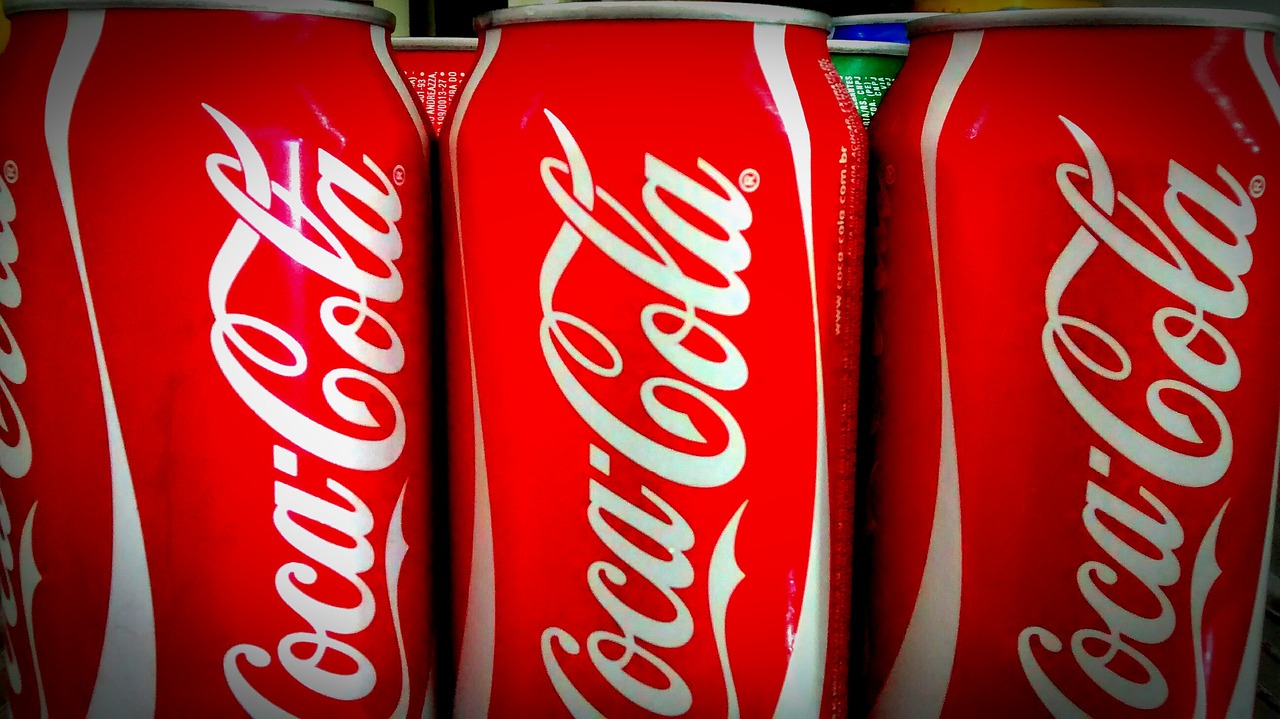
Different Strategies and Cultures Matter
Our organizational alignment research found that the combination of different strategies and corporate cultures accounts for 71% of the difference between high and low performing companies in terms of revenue growth, profitability, customer loyalty, and employee engagement. So we thought we would take on the Coke vs. Pepsi challenge in terms of strategy and culture. Not as thirst quenching, but interesting to us none the less.
Let’s start with some definitions.
The Definition of Corporate Strategy
An effective corporate strategy outlines clear and compelling choices about where to play and what actions to take. Done right, a successful strategic plan sets a company up to perform beyond just the sum of its parts by answering questions about vision, mission, values, target markets, value proposition, success metrics, big bets, and action plans.
The Definition of Corporate Culture
We define workplace culture as how and why things truly get done in an organization. Culture represents what a new employee needs to learn to be “accepted” and what makes the company “feel and act” like itself. While often invisible, organizational culture becomes very apparent when people act in ways that are deemed to be against accepted cultural norms.
Different Strategies and Cultures — Coke vs. Pepsi
Despite having similar products and target markets and a long history of competition, the culture that is right for Pepsi-Co doesn’t necessarily work for Coca-Cola because their strategies differ. Each company needs different ways to get work done in order to accomplish their unique goals in a way that makes sense. For example, at a high level, two strategic differences appear to be summarized by:
Coke vs. Pepsi Strategic Imperatives
To take the example one step farther, Coca-Cola has five strategic imperatives and Pepsi-Co has six. While they both want profitable growth, their strategic areas of focus are slightly different in how they plan on making it happen.
Coke’s Strategic Imperatives
Pepsi’s Strategic Imperatives
Slight Differences in Strategic Focus Can Mean Major Differences in Cultural Execution
While both companies have created similar core beliefs and values to help create organizational health, Pepsi-Co seems to appear more strategic about creating a purposeful culture by including a “focus on organizational culture” as one of their six strategic imperatives.
We know from assessing organizational culture that the real cultural impact on business performance comes down to HOW each company approaches 10 research-backed cultural dimensions tied to their strategic imperatives. Let’s take a look at all ten.
The Bottom Line
Different strategies and cultures need to be aligned differently. While strategies like the above are often visible to the outside world, culture is often invisible to those on the outside. So time will tell if Pepsi-Co’s strategic focus on culture helps them to differentiate their performance from Coca-Cola. Is your culture aligned with your strategy?
To learn more about getting aligned, download A Purposeful and Aligned Organizational Culture – Your DNA for Success
Explore real world results for clients like you striving to create higher performance